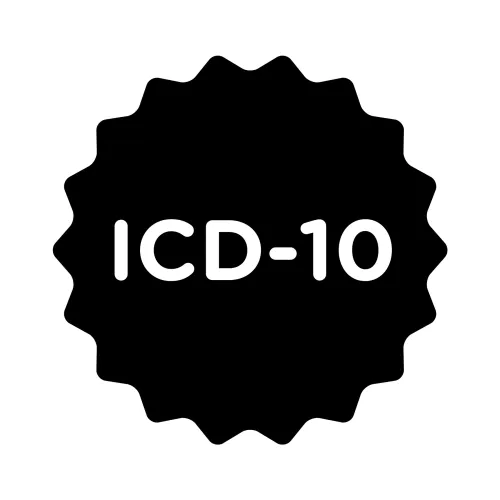5 Tips Perfect Your Burn Coding
Use ‘X’ placeholder properly.
When your surgeon encounters patients for burn treatments, you’ll need to focus on many factors if you want to get the diagnosis coding right.
ICD-10-CM provides a complex set of rules for burn coding, so read on and let our experts help you sort it out.
Tip 1: Identify Body Site
Your first step in reporting a burn diagnosis is to identify the anatomical site where the burn occurs. ICD-10 describes specific external sites in the following code families:
Coder tip: These code families represent very broad site categories, but your surgeon should document the site more specifically. You’ll need that information as you zero in on the most specific burn code. For instance, the fifth character in the T21 family represents the following, more specific sites on the trunk:
Tip 2: Distinguish ‘Burn’ or ‘Corrosion’
Once you’ve settled on the correct code family in the range T20-T25 based on body site, you’ll notice that the third character indicates two pieces of information that you need from your surgeon’s note if you want to select the proper code. The first piece of information is whether you’re dealing with a corrosion or burn.
ICD-10 differentiates between burns and corrosions, unlike ICD-9 which did not distinguish the two. ICD-10 burn codes describe thermal burns caused by a heat source, such as a fire, and burns resulting from electricity or radiation. ICD-10 corrosion codes describe burns caused by chemicals, such as battery acid. The ICD-10-CM guidelines are the same for both burns and corrosions, says Caral Edelberg, CPC, CPMA, CAC, CCS-P, CHC, Chief Executive Officer, Edelberg + Associates in Baton Rouge, La.
Tip 3: Determine Burn Severity
The second piece of information indicated by the fourth character of codes T20-T25 is the severity of the burn. You should classify burn severity based on the depth of the burn, with first degree characterized by erythema, second degree noted by the presence of blistering, and third degree, which involves the full-thickness (epidermis and dermis).
Recall that the first piece of information indicated by the fourth character is whether you’re dealing with a burn or corrosion. Put that data together to select the correct fourth character.
For instance: If you’re coding a “chemical burn” (corrosion) on the torso, you’ll select one of the following codes:
For a thermal or electrical burn at the same site, you’ll select one of the following codes instead:
Example: Put this “type” (burn or corrosion) and “severity” information together with the fifth-character body-site information discussed in Tip 1, and you’ll have a five-character code such as T21.15- (Burn of first degree of buttock).
Don’t miss: This code still isn’t complete, because you must always report a seventh character indicating the encounter, as follows:
‘X’ factor: ICD-10 uses the X placeholder when a code that requires a seventh character is not six characters in length; in these cases, you must use X to fill in the empty characters, explains Marvel Hammer, RN, CPC, CCS-P, ACS-PM, CPCO, owner of MJH Consulting in Denver.
So if you’re coding for the first encounter for a first degree burn of the buttock, you should code T21.25XA — (Burn of second degree of buttock, initial encounter) and that is the complete seven-character code.
Tip 4: Calculate TBSA
ICD-10 instruction for codes T20-T25 alerts you to “use additional code from category T31 or T32 to identify extent of body surface involved.” That refers to the “total body surface area” or TBSA measure commonly documented for burn victims.
To select appropriate codes for TBSA, you first need to know if the patient’s burns are thermal burns or corrosions, because that distinction will lead you to different code families in ICD-10, as follows:
Physicians measure body areas in increments of 9 percent, says Edelberg. According to the guidelines for burn coding in ICD-10:
You’ll need to report T31 and T32 to the fifth character, with the fourth character generally indicating the percentage TBSA with any severity of burns, and the fifth character identifying the percentage of the patient’s body surface with third-degree burns.
For example: A patient has burns on 60 percent of his body surface. Approximately one third of his body surface has third-degree burns. Report T31.63 (Burns involving
Tip 5: Use Additional External Cause/Chemical Code(s)
Once you narrow your coding, you’ll see ICD-10 text notes that direct you to additional codes to report the external cause of the burn or corrosion, and the chemical agent for corrosions. Here’s the type of notes you’ll see in the ICD-10 tabular list for burns:
And here are typical notes for corrosions:
60-69% of body surface with 30-39% third-degree burns).




